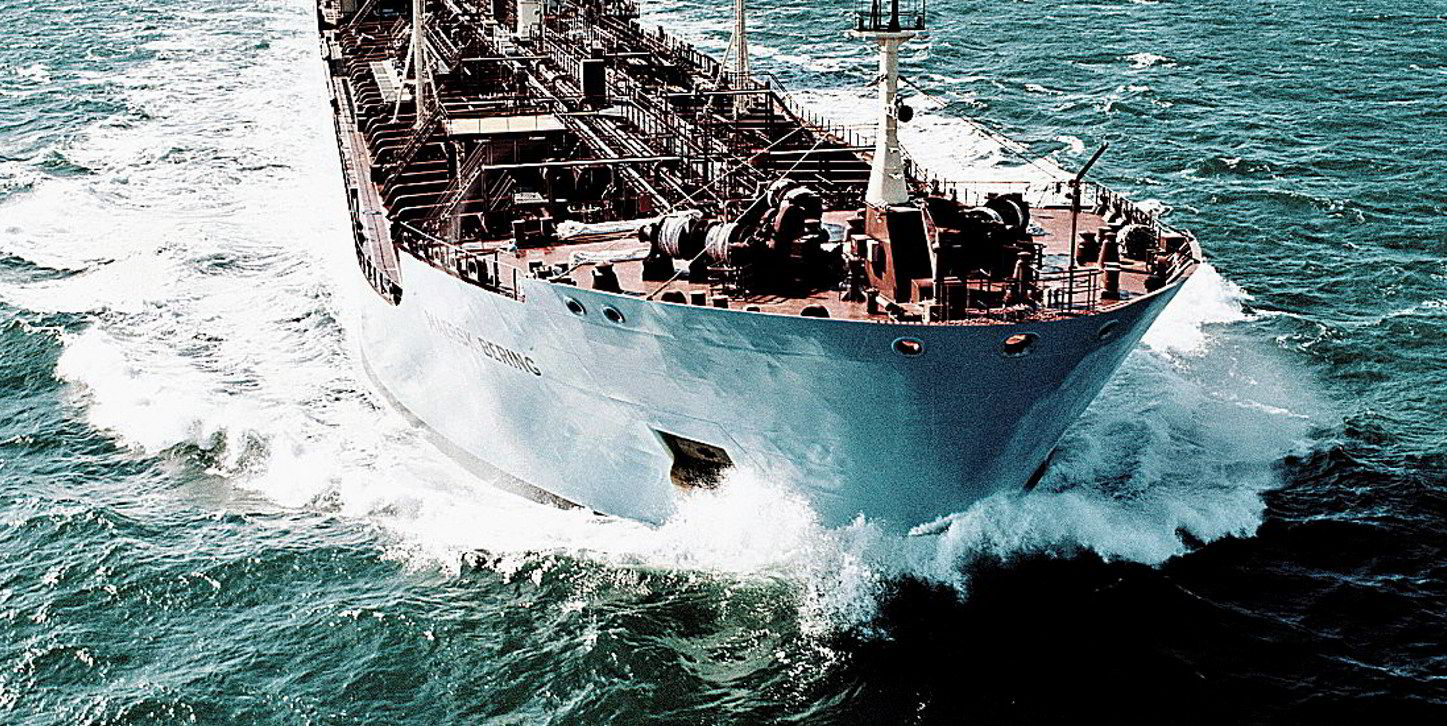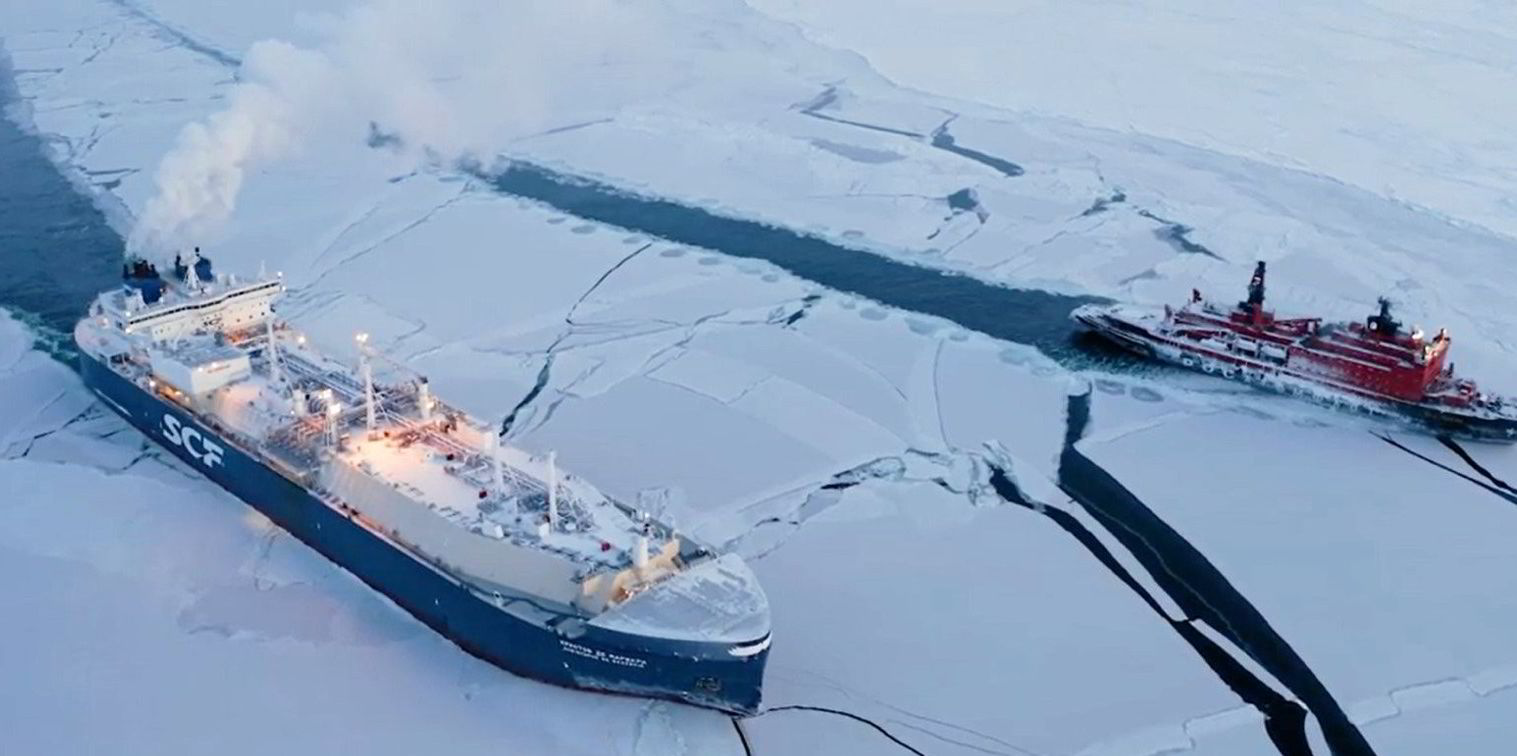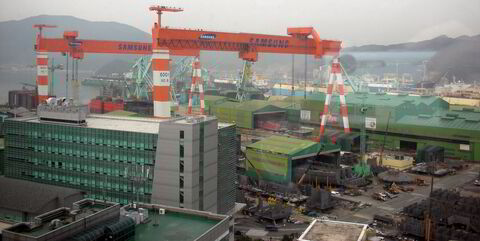The strong market for aframax tankers looks set to continue for at least two to three years, predicts Poten & Partners.
Aframaxes, both clean and dirty, have been one of the best performers in the tanker market since February 2022 following Russia’s invasion of Ukraine, the US broker said.
“Overall, we remain optimistic about the aframax/LR2 segment over the next two to three years since most of the changes in trade flows are here to stay,” it said.
Although demand for crude oil shipped on aframaxes has not changed significantly in volume, the increase in average distances has boosted employment and rates.
“Russia is exporting more to Asia, and Europe is importing more from the US,” Poten said, adding that changes in trade flows as a result of the war in Ukraine are likely to persist, even if hostilities end.
“Europe has realised that it had become too dependent on Russia for its crude oil and oil products and it is unlikely that they will make the same mistake twice.”
Poten said other factors support the strong aframax/LR2 market apart from the increase in tonne-mile demand.
“The efficiency of the aframax fleet has been reduced since the Russian invasion of Ukraine, with Western countries imposing increasing sanctions on the regime in Moscow,” it said.
“Partly as a result of the European Union import ban and the G7 price cap, which potentially limit the involvement of Western owners in the Russian trades, more aframaxes have moved into the dark fleet.
“These vessels have a lower utilisation rate because they typically don’t triangulate but mostly ballast back after they deliver their cargo and they might incur more waiting time.”
Poten said aframax/LR2 rates have also been supported by limited fleet growth in recent years, with only 29 aframaxes and six LR2s delivered in 2022, which is well below pre-pandemic averages.
“The orderbook for delivery in 2023 and 2024 is not very high either, so the expectation is that the aframax/LR2 market will remain relatively strong,” it said.
However, Poten believes the supply outlook for 2025 and beyond is more uncertain, with new orders for aframaxes, particularly LR2s, picking up this year.
“There is no doubt that the improved earnings of the last 18 months or so have convinced more owners to make the trip to the shipyard, but we suspect that the headline orderbook totals include quite a few unconfirmed orders, as well as options,” it said.
This recent increase in the orderbook is a reason for “some concern”, but it added that the fleet also contains a large number of older vessels, many of which have entered the dark fleet, and it does not think these ships will re-enter the mainstream trades.
“These vessels are prime recycling candidates as soon as the fighting in Ukraine ends [and] form a natural counterweight against the possibility of increased deliveries,” the broker said.





